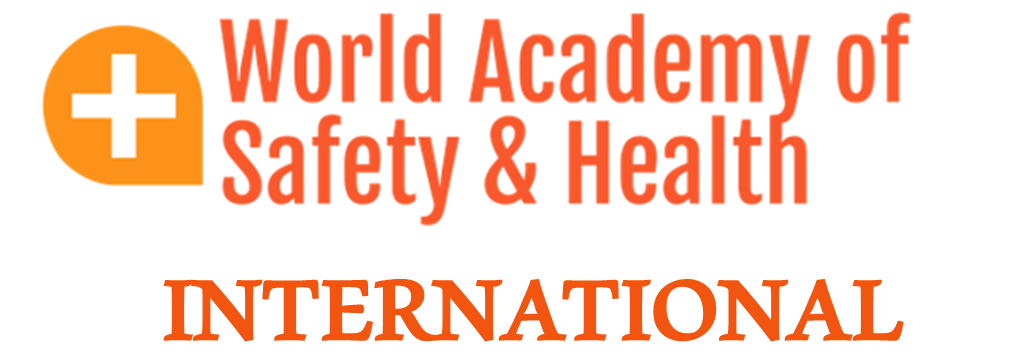Overview of Flood and Swiftwater Rescue Training Course
The Flood and Swiftwater Rescue Training course is a specialized program designed to prepare first responders, emergency services personnel, and rescue teams for water-related incidents, particularly in flood-prone areas or environments with rapidly moving water. This course equips participants with the essential skills and techniques needed to perform safe and effective rescues in floodwaters, swiftwater, and other challenging water environments with Chile.
Floods and swiftwater incidents are among the most dangerous and unpredictable emergencies responders face, requiring specialized training to ensure rescuer and victim safety. The course covers both theoretical knowledge and practical hands-on experience, focusing on risk management, safety procedures, and specific rescue techniques required in these high-risk environments.
Key Components of the Flood and Swiftwater Rescue Training Course
- Water Rescue Safety Awareness:
- Introduction to the hazards associated with flood and swiftwater rescues, including water current, submerged debris, and environmental conditions.
- Emphasis on personal safety, situational awareness, and understanding of the specific risks involved in rescue operations.
- Swiftwater Rescue Techniques:
- Training on how to recognize and assess swiftwater hazards, such as high currents, eddies, and hydraulic features (e.g., recirculating water).
- Techniques for safely entering swiftwater, including throw rope rescue, wading, and using boats or rescue boards.
- Strategies for rescuing victims trapped in fast-moving water, including methods for controlling victims and safely extracting them from hazardous areas.
- Flood Rescue Operations:
- Understanding flood dynamics, including rising water levels, debris flow, and floodplain risks.
- Training on performing rescues in flooded urban or rural environments, which may involve navigating flooded buildings, vehicles, or trapped individuals.
- Use of boats, vehicles, and other specialized equipment for rescuing victims from flooded areas.
- Rescue Equipment and Tools:
- Instruction on the use of various rescue equipment, such as ropes, throw bags, rescue boards, life jackets, and flotation devices.
- Training in the safe operation of inflatable boats, kayaks, or rafts, and how to use them effectively in swiftwater rescue operations.
- Equipment maintenance and troubleshooting to ensure readiness in emergency situations.
- Incident Management and Communication:
- Effective communication strategies within a rescue team, including radio use and coordinating with other emergency responders.
- Overview of incident command systems (ICS) and how to work within multi-agency response operations.
- Victim Care and Evacuation:
- Basic victim care techniques, including first aid and handling injuries sustained in water rescues.
- Evacuation strategies for safely transporting victims from hazardous water environments to dry ground or medical facilities.
- Practical Simulations and Scenario Training:
- Realistic, hands-on rescue drills in controlled swiftwater or flood environments, allowing participants to apply techniques learned during the course.
- Scenarios may include rescuing victims from submerged vehicles, navigating hazardous debris, and performing rope rescues in swift currents.
- Emphasis on teamwork, problem-solving, and decision-making under pressure.
Certification and Compliance
Upon successful completion of the course, participants are typically awarded a Flood and Swiftwater Rescue certification, demonstrating their competence in performing water rescues in flood and swiftwater conditions. Some courses may be recognized by national or international rescue organizations, such as the International Swiftwater Rescue Certification (ISRC) or other relevant bodies. Certification is often valid for a specific period (e.g., 2-5 years), after which refresher courses or re-certification may be required.
Duration and Delivery
The course duration can vary depending on the level of training (e.g., basic, intermediate, advanced) and the specific focus areas of the program. Generally, it lasts anywhere from 2 to 5 days, with more advanced courses requiring additional time for in-depth practical exercises. The training is typically delivered through a combination of classroom instruction, practical demonstrations, and hands-on field exercises.
Conclusion
The World Academy of Safety and Health (WASH) International Flood and Swiftwater Rescue Training Course is an invaluable resource for anyone involved in water rescue operations. By combining theoretical knowledge with practical, real-world scenarios, this course ensures that participants are prepared to handle the challenges of rescue missions in flood and swiftwater environments. Effective training enhances responder safety, improves rescue effectiveness, and saves lives during some of the most dangerous natural disasters and emergencies.
Flood and Swiftwater Rescue Chile | Flood and Swiftwater Rescue Training Chile | Flood and Swiftwater Rescue Course Chile

Telephone No.1-800-484-0419
